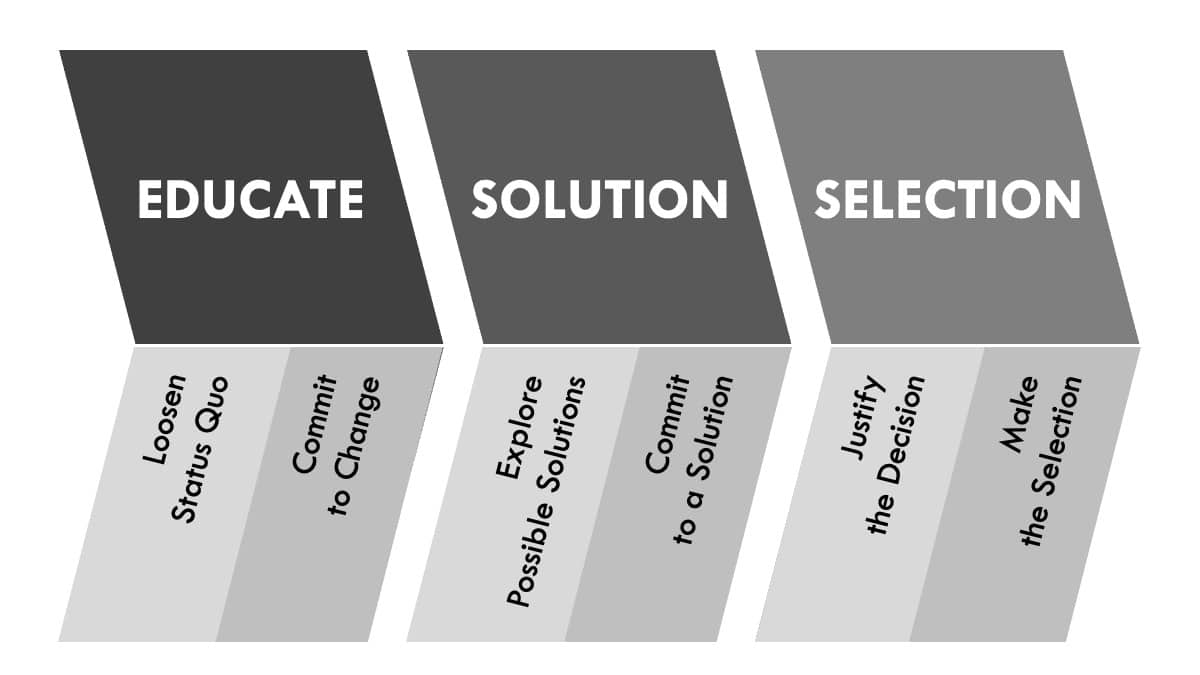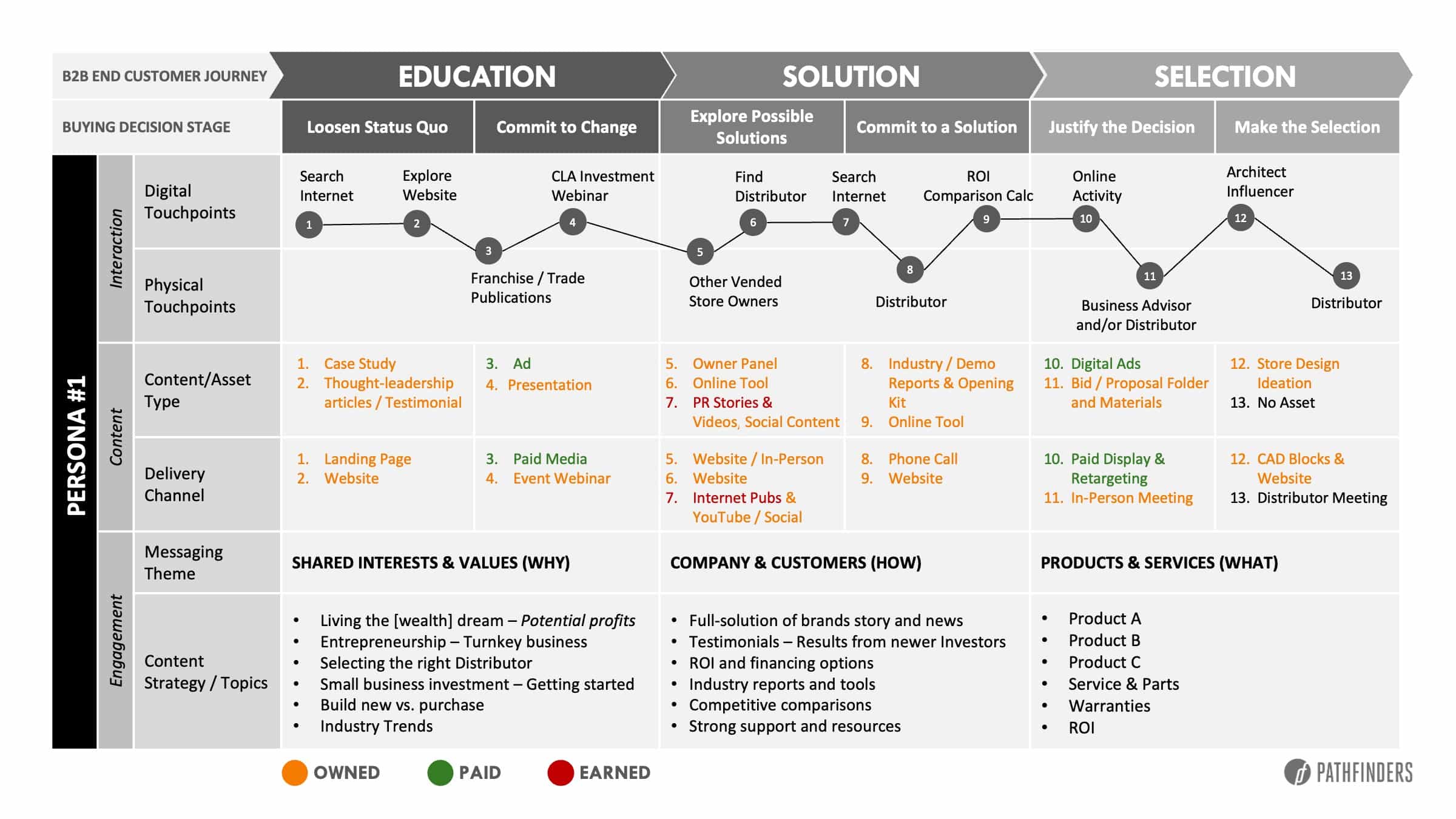A key tool in developing any good marketing campaign, customer journey maps have become essential for brands to build experiences and marketing communication plans that resonate with today’s consumers and their fragmented attention.
So how does one create a customer journey map? Here are the six steps to creating this super-impactful tool.
The prep work
- Who are you trying to reach? Who is your target?
- What drives their purchasing decisions? (rational drivers, emotional drivers)
- What’s their purchasing behavior?
- What types of media do they consume? What influences them?
- Why would they want what you’re selling?
- What motivates them?
- What are their pain points and stressors?
- What do you want to achieve? What are your goals for the campaign/initiative?
Before starting the process it’s essential to define two items:
Write them down; build your target customer personas. Collect any data, research, or other information relevant to these personas and goals so that you can reference them as you build your customer journey map(s).
Step 1: Lay the framework for the customer journey
Education, Solution, Selection: These stages of the customer journey map are where the buyer decision-making occurs and are typically broken down into Buyer Decision Stages.

Step 2: Define the touchpoints
At this step you’ll:
- Identify the channels through which your target customer persona will encounter your brand. Be sure to consider both digital and physical touchpoints.
- Plot out at what stage in the journey they’ll be when they have that touchpoint
Step 3: Identify content that can convert
Now that you have the touchpoints plotted, it’s time to consider how you can make a positive impression on your target.
What content or opportunities do you have that you can leverage, or that you can create, that can impact your target’s decision-making process and help move them to the next stage in their journey?
Plot those out on the map tying them to the touchpoints and delivery channels. Additionally, define if those delivery channels are owned, paid, or earned.
Step 4: Outline stories that will engage
With some overlap with Step 3, here you’ll define your messaging and content topics (stories) that will resonate with your target audience at different stages of their journey, such as SEO copywriting services or social media tactics.
Step 5: Validate (don’t speculate)
Before implementing any customer journey map it’s important to validate it. Find someone that fits the target and verify that the information is relevant to them.
Step 6: Revisit and refine
On at least a yearly basis, it’s good to revisit the journey and confirm, refine, or revise the journey based on new insights or changes in the landscape.
Starting your journeys
Ready to revisit some old customer journey maps? Or build some new ones? Be sure to connect with your day-to-day contact at Pathfinders or contact us below!









